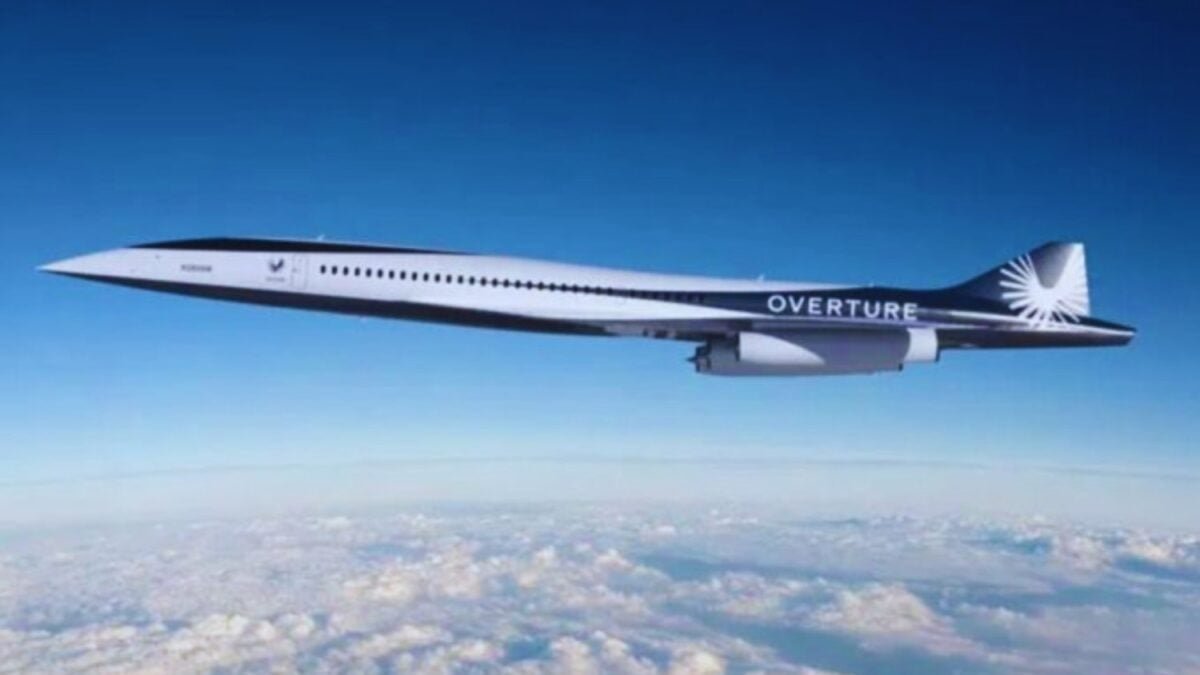The Revival of Quiet Sonic Booms: The Potential Impact of Supersonic Flights on the US Airspace in 2027

In 1973, a federal mandate extinguished the dreams of crossing the United States at supersonic speeds. Half a century later, an executive decision has reignited the spark. What is at stake is not just traveling faster, but also the potential redefinition of the American sky.
From the historic ban to the Mach cut
The ban on supersonic flights over U.S. territory stemmed from the disruptive sonic boom caused by early supersonic aircraft like the Soviet Tu-144 and the Franco-British Concorde. These planes could break the sound barrier, but their noise was so loud that it could shake windows and spark protests. For over five decades, this restriction confined supersonic flights to transoceanic routes. However, advancements in technology, such as the concept of a supersonic cruise, now allow aircraft to fly above 9,100 meters and dissipate the sonic waves before they reach the ground. In January 2025, a successful test confirmed the feasibility of achieving the Mach cut: the sonic boom was trapped in the atmosphere.
Competition and countdown
The official timeline for the reintroduction of supersonic flights is already set: the ban will be lifted before December 2024, noise standards will be established in 2026, and the final rules will be implemented by June 2027. In this new race to bring back supersonic travel, companies like Lockheed Martin and NASA are developing the X-59 aircraft, which features engines placed on top to reduce shockwaves. Ground tests for the X-59 are currently underway, and its design aims to make the sonic boom almost imperceptible for those underneath its flight path. If all deadlines are met, in just a few years, travelers could enjoy a three-hour flight from New York to Los Angeles, experiencing the return of speed in the sky without the disruptive roar of the past.




